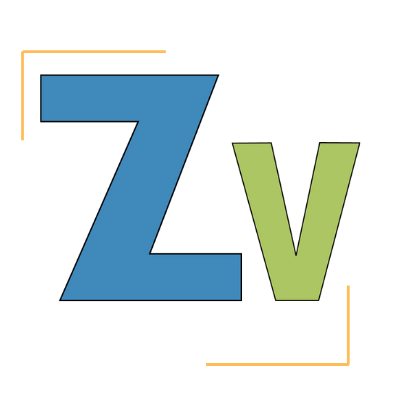Tableau Training Course – Master Data Visualization for 2025 and Beyond
Zillion’s Tableau Training empowers you to transform raw data into compelling, actionable insights by mastering modern data visualization techniques. Designed for data professionals, analysts, and decision-makers, this course covers essential Tableau 10 concepts including data cleaning, splitting, pivoting, and merging to prepare you for the Tableau Desktop Specialist and Associate certification exams.
Learn to connect seamlessly with diverse data sources, perform Joins including the newly introduced CROSS JOIN, and leverage advanced analytics tools such as clustering, reference lines, and dynamic parameters to create interactive, business-ready dashboards. Our instructor-led sessions integrate real-world examples and hands-on exercises to build your confidence and expertise.
Why Choose This Tableau Training?
-
Recognized by leading organizations relying on Tableau to visualize millions of data points for strategic decisions
-
Grow your career potential as Tableau analysts command competitive salaries in the $100,000 range[Indeed.com]
-
Tableau consistently ranks as a leader in Gartner’s Magic Quadrant for Analytics Platforms—stay current with its latest features and integration capabilities
-
Benefit from an instructor-led, interactive training environment tailored for flexible online learning and lifetime content access
Key Features
-
32 hours of live online instructor-led training covering all Tableau Desktop essentials
-
20 hours of practical assignments designed to reinforce learning and ensure mastery
-
Lifetime access to class recordings, course materials, and updates via our LMS
-
24/7 expert support to resolve queries and keep you on track
-
Comprehensive certification prep tailored for the 2025 Tableau Associate exam
-
Use real-life case studies to connect concepts to business challenges
Course Curriculum
Introduction to Data Visualization and Tableau
- Explore fundamentals of data visualization and Tableau’s architecture. Connect to varied datasets, perform joins and unions, including CROSS JOIN, and learn Tableau’s unique data blending capabilities.
Visual Analytics with Tableau
- Master metadata management, visual data exploration, aggregation techniques, and detailed annotation features such as highlighting. Build foundational charts like bar, pie, line, and dual-axis graphs with interactive practice.
Advanced Visual Analytics Techniques
- Enhance your skills with sorting, filtering, grouping, and advanced graphical visualizations, including heat maps, scatter plots, and tree maps. Employ context filters and quick filters to dynamically refine dashboards.
Forecasting, Clustering, and Parameterization
- Learn to create sets, perform forecasting with precise ranges, implement Tableau clustering methods, add trend and reference lines, and use parameters effectively for interactive user inputs.
Dashboards and Stories Development
- Build interactive and mobile-responsive dashboards using Tableau’s drag-and-drop interface, apply action filters, and create data stories that weave together insights into compelling narratives.
Mapping and Geospatial Analysis
- Understand map visualizations, correct ambiguous location data, create custom geocoding, and incorporate polygon and web mapping services. Apply these to real-world spatial analysis projects.
Calculations and Language of Tableau
- Develop proficiency with calculated fields using number, string, date, logical, and aggregate functions. Explore table calculations and delve into Level of Detail (LOD) expressions for granular data control.
Charting Techniques
- Create complex charts including box plots, Gantt charts, waterfall charts, Pareto charts, control charts, and funnel charts. Gain hands-on experience analyzing and visualizing business data.
Integrating Tableau with Big Data and R
- Get introduced to Big Data concepts, Hadoop ecosystem, and R programming. Learn to integrate Tableau with R for sophisticated analytics and publish powerful workbooks on Tableau Server.
Frequently Asked Questions (FAQ)
Is prior knowledge required to join this course?
No prerequisite experience needed; beginners and professionals can benefit.
Will I receive a certificate?
Yes, upon course completion, a certification will be awarded, supporting your Tableau Associate exam preparation.
Are group discounts available?
Yes, reach out to support@Zillionventure.com for customized group pricing.
What support is available post-training?
Lifetime access to learning materials and 24/7 expert assistance ensure continued learning.







Reviews
There are no reviews yet.